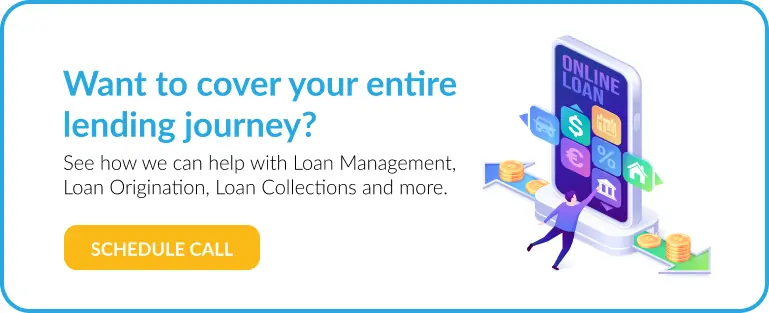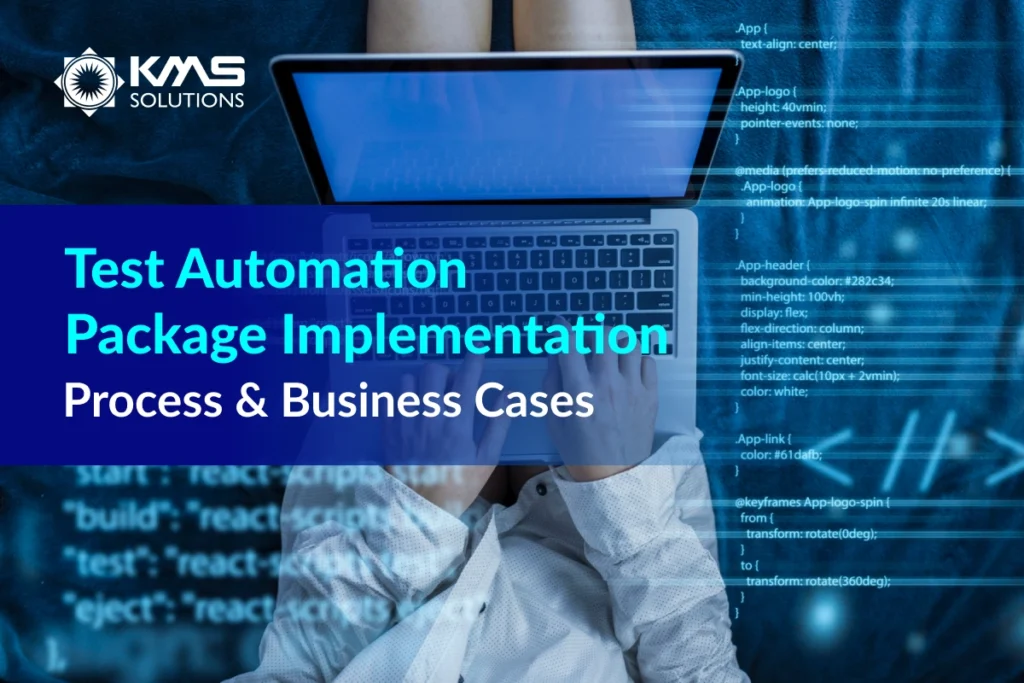Recently, Digital Lending with its benefits has become a global financial phenomenon. It is predicted that the total market size of digital lending platforms may reach 12.1 billion from 5.1 billion dollars in the upcoming years.
The growing customer demands and expectations have bred new markets for new forms of borrowing money. More banks are looking to adopt Digital Lending to improve efficiencies, reduce costs, and acquire more customers.
What is Digital Lending?
Simply explained, Digital Lending refers to a process of automating the lending process from application to loan disbursal through mobile apps. Digital Lending is now the more effective, convenient, and faster alternative method to the traditional lending model. Now that the digital ecosystem become more mature and the use of analytics become more popular, banks and financial institutions alike depend more on algorithms and automation to govern and streamline their loan cycles.
Benefits of Digital Lending
More banks are considering the shift from the manual, paper-based lending model to digital lending platforms in recent years. This trend is understandable, given that a digital lending platform can offer numerous advantages that the conventional lending model lacks.
Some of the benefits of digital lending are as below:
Customer Experience
One obvious advantage of digital lending is that customers can apply for loans and get disbursement in just a couple of phone taps on the mobile apps, instead of having to visit bank branches multiple times. Customers can gain access to loans anytime and at any place. Digital Lending is so convenient for borrowers that financial institutions cannot afford to ignore it.
Quick disbursement of loan
A Digital Lending process is nearly 100% automated, only allowing some room for manual inspection and decision-making, which helps to improve business efficiency and reduce human errors.
Minimal Documentation
Another benefit of digital lending is that lenders can eliminate most of the documents and paperwork associated with the traditional lending model. With digital lending, customers can apply for a loan conveniently without having to fill piles of papers.
Easier access to loans for first-time borrowers
It’s not uncommon that banks are reluctant to disburse loans to applications who have no history of taking loans. The reason is that in such cases banks lack evidence about these customers’ loan repayment habits. On the contrary, Digital Lending enables first-time borrowers to easily apply for loans and get disbursement.
Introduction of Innovative Digital lending business models
Various digital lending business models have been created to satisfy customers and meet regulatory needs. More and more digital lending models are being introduced to tackle the challenges related to geography, higher transaction costs, and transparency.
Loan Market places
This type of digital lending platform allows users to compare loans available from different banks and non-bank institutions. The embedded algorithms in this platform can match the borrowers with suitable lenders. Some examples of Digital Lending marketplaces are Bank Bazaar, Paisa Bazaar etc.
Online and Mobile lending platforms
This model is typically a digital lending product offered through mobile or web-based platforms. In such digital lending apps, the entire loan cycle is automated from customer acquisition to loan distribution.
Peer-to-peer lending, also known as P2P lending, is the model of digital lending that match individual lender or small lending business with potential borrowers. A P2P lending platform typically leverages customer profiles and data to do so. Based on digital platforms, P2P lending is usually cheaper than conventional financial institutions. Some popular P2P lending platforms are Faircent, i2ifunding etc.
Supply chain Financing
These are non-banking financial companies (NBFC) that lend money to wholesalers and marketplaces. Its purpose is to target a huge number of merchants who source their products there.
Line of Credit
As a type of revolving credit, the line of credit allows the borrowers to draw and repay from the available funds. MoneyTap is one example of a Line of Credit. Its average interest rate is often between 15% to 17%. The minimum maturity date of a line of credit is two months and goes up till 36 months.
SME lending
The Small Medium Enterprises loans are a type of digital lending product for small businesses. It helps small enterprises solve problems related to applying for loans during the course of their operation. These problems include new product launches, relocation, recruiting, marketing, etc. Farmart, Flexiloans are some of the examples of this form of digital lending business model.
Invoice financing
Invoice financing is a short term working capital facility for Micro, Small, and Medium Enterprises based on their unpaid customer invoices. It is used to meet the short-term liquidity needs of Micro, Small, and Medium Enterprises. It enables them to speed up their accounts receivables.
Alternate Credit Scoring
This digital lending business model involves a broad range of credit scoring mechanisms that uses algorithms to analyze diverse factors such as payment history, spending habits of a borrower, etc.
Conclusion
As banks deep dive into digital lending, those that can meet the needs of varying customer expectations and adapt to changing market conditions would have an upper leg on the competition.












